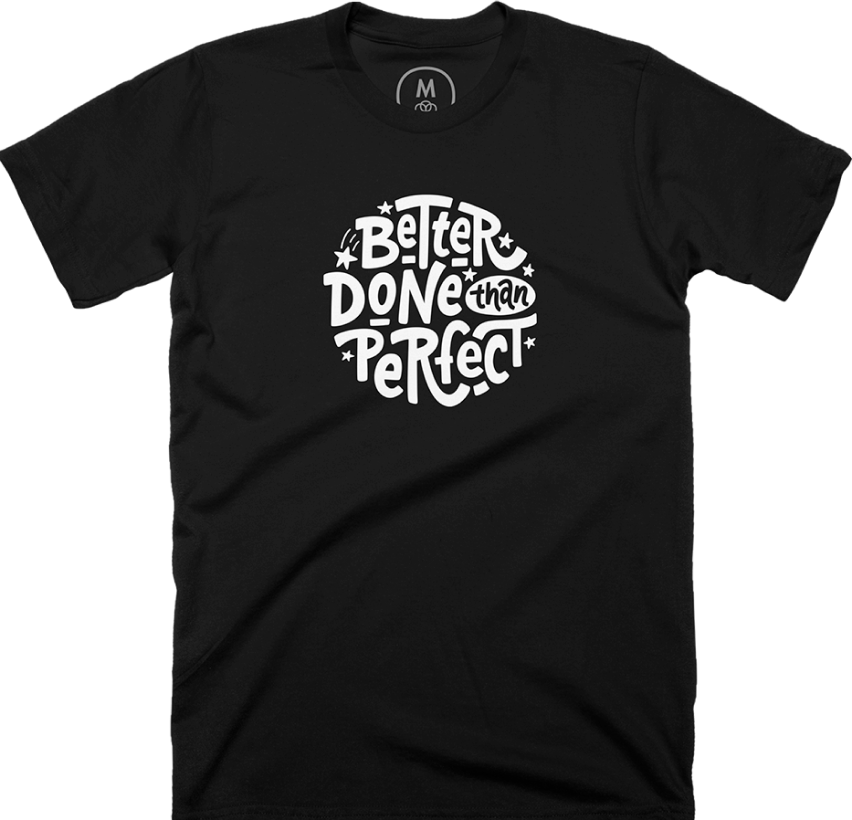Ramli John is the founder of Growth Marketing Today, a podcaster and a growth marketing consultant for SaaS companies. With a focus on the Jobs to Be Done framework, Ramli and Jane discuss how user onboarding strategy can benefit from this approach, and how to go about it practically. Topics include segmentation, friction, user journeys, customer support, product analytics, user success, and much more.
Background and online presence
Ramli studied Computer Science and was a software engineer for four years before beginning his first startup which “didn’t work out”, as he describes, due to his lack of knowledge in marketing at the time. This failure, however, was what propelled him to learn more about growth and marketing. Once equipped with more marketing knowledge and with a focus on paid ads, Ramli began working for clients. After being given access to the companies’ analytics, he realized that the signups he was assigned to secure did not necessarily equal conversions. This personal “aha moment” led him to thinking about user onboarding seriously.
In 2017, Ramli began his podcast Growth Marketing Today. “I started that show just to learn more about growth and marketing,” he quotes. He also began making review videos and tutorials for the ProductLed YouTube channel in 2019.
Ramli’s JTBD-inspired method
A fierce proponent of the Jobs to Be Done framework, Ramli helps SaaS companies map out their onboarding process. When asked about how he incorporates the Jobs to Be Done framework in user onboarding, he refers to one of his favorite books, When Coffee and Kale Compete, and how the author perceives JTBD as an opportunity for personalizing the user onboarding experience. Ramli totally agrees with this concept:
“It’s really understanding the primary reason — what triggered somebody to sign up for the product? What is that emotion, or that social reason, or functional reason that somebody is signing up for your product? Once you’ve figured that out, you can really personalize the whole onboarding experience to that.”
Ramli has a clear definition of user onboarding and it very much ties into the JTBD approach:
“User onboarding is that whole process from the beginning, when you make that promise about your Jobs to Be Done all the way to them becoming committed users.”
He then introduces his own onboarding method, what he unofficially calls the EUREKA Method. This textbook-like approach entails the following steps:
- Step 1 (E). Establish a user activation growth team
- Step 2 (U). Understand your user’s desired outcome
- Step 3 (R). Refine your success metric for user
- Step 4 (E). Evolve your user journey
- Step 5 (C). Create an environment for user success
- Step 6 (A). Keep your users engaged in compositional bumpers
The very final thing to note in this framework (the ‘seventh step’), Ramli stresses, is “analyzing the results and repeating it.”
More user onboarding tactics
Moving on to further tactics in user onboarding, Jane and Ramli discuss the topic of “user onboarding champions” in a team. Who should be assigned to do user onboarding and who not? Ramli has this to say:
“I believe that it really depends on the company and who they want it to be. Like, if it’s a marketer or it’s a product, as long as they’re championing and making sure that it’s cross-functional, this person doesn’t have to know everything about that whole user journey to all the steps they’re pulling in.”
While Ramli personally sides with product managers, he also states that product is just as important as marketing, communications, and customer support.
When Jane raises the subject of inconsistencies between marketing messages and product UX, Ramli draws from his experience in ads and recommends focusing on early segmentation to ensure consistency:
“Consistency must run all the way through, from the ad to the values page. That’s the quality score that Google gives out. If you can segment users as early as possible, the better.”
But how would one know that auto-segmentation is taking place, when they’re on the “outside” looking in? Ramli refers to one of his favorite apps, Wave, as an example of smooth user onboarding.
Moving on to the topic of navigation and how it reflects the functionality of the product to the first-time visitor, Ramli takes into account the emotional reaction factor:
“One of the forces that pull people away from a new behavior or a new product is the anxiety of something new. And when you’re anxious about something, one of the best ways to squash anxiousness is for somebody who knows more about you to tell you what to expect next.”
Ramli explains how an anxious response can be produced by something as simple as a ‘Next’ button that does not clarify where it will actually take the user, and what will be required of them in the next phase. He and Jane bring forth the analogy of medical professional gibberish, when such terms can easily be substituted with plain English that does not provoke anxiety.
The topic that follows is that of friction and Ramli advocates that there is such thing as ‘good friction’, such as Userlist’s welcome video, as he points out. Ramli understands that apps tend to set up email verification friction points to prevent incoming spam, however he recommends that “there are tools out there that can also verify emails without having people to jump.”
His advice on finding the balance between friction points is:
“If there are things that you’re getting users to do that don’t add value to getting them through a customer job, then I would suggest either eliminate it, or you can delete it after they’ve completed the customer job. Like I said earlier: there are some frictions that are good, like the welcome video or welcome messages. Some people would say that that’s friction, but I would say that that’s actually adding value and getting people more excited about accomplishing a customer job.”
User success metrics
Getting into the subject of success metrics, Ramli recommends on how to pick the correct ones based on the example of a financial app like Wave.
Success metric #1 example:
“If you sign up for invoices, the success metric needs to revolve around sending invoices. Did the people who signed up for Wave invoices send in at least one invoice or create an invoice successfully? That’s the first success metric.”
Success metric #2 example:
“What I talked about is refining your success metric. And the (EUREKA) framework is like, have they sent enough? Invoices that signify that they’re probably going to be sticking around for the longer term, they’ve made that commitment. So that’s when you can take a look at the data and see see: hey, if they send five invoices, are they 95% more likely to stick around?”
Moreover, Ramli emphasizes that success metrics “need to be tied to your Jobs to Be Done”. He also advises to push quickly past the user’s aha moment, and encourage their habituation to your product instead.
When asked for product analytics tool recommendations, Ramli provides the unpopular suggestion of learning SQL “because that helps you figure out what are the things that I’m looking at, and what do I need to care about”. He then recommends ChartMogul and Mixpanel for pulling in all the necessary information.
Epilogue
Ramli offers two ultimate tips for founders looking to improve their user onboarding:
- Do your Jobs to Be Done research, and figure out how to tie those jobs to your marketing, your product, your sales, and your onboarding.
- Don’t just think that activation and onboarding starts when somebody signs up and makes a payment — it starts much earlier.
The show closes with Ramli’s favorite resources for those still trying to figure out Jobs to Be Done, which are the book When Coffee and Kale Compete and the JTBD website.
Thanks for listening! If you found the episode useful, please spread the word on Twitter mentioning @userlist, or leave us a review on iTunes.


